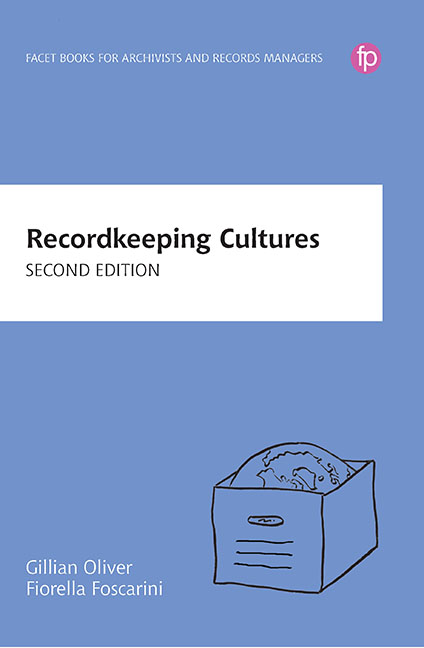4 - Regional Technological Infrastructure
Published online by Cambridge University Press: 28 October 2020
Summary
The focus of this chapter is on the final level one factor of the ICF (see Figure 1.2): the technological infrastructure that allows people and organisations to interconnect at the regional level. This is linked to a cultural layer known as ‘supranational’, which involves ‘cultural differences that cross boundaries or can be seen to exist in more than one nation’ (Karahanna et al., 2005, 5). Some of these cultural differences may not belong to more than one country or portion of a country at any point in time (for example, restrictions to internet access established at a national level); however, political and geographical borders can potentially change and, when they do so, often change quite rapidly, which is why we refer to these features as supranational.
We are still dealing with ICF level one, which means that the features we examine here are deeply rooted in specific socio-historical contexts and can hardly be modified through planned human intervention. People migrations and, more generally, phenomena of globalisation of products, ideas and other aspects of culture have an impact on such supranational factors. However, their consequences tend to manifest over long periods of time and must be taken into account when working across borders or developing international strategies such as standards.
The chapter considers the telecommunication services (primarily the internet) and the hardware and software products that constitute the technological infrastructure we all depend on as creators and users of digital information. The main factors influencing this broad infrastructure are reviewed and used as a basis to discuss possible future scenarios.
In the sections on assessment methods and interventions you will learn how to apply assessment techniques already identified in the previous chapters in order to find out what information and communication technologies (ICTs) are available in different regions.
Dealing with your organisation's broader technological contex
While Chapter 7 discusses technological capabilities and strategies established at the organisational level – that is, corporate IT governance issues which are highly susceptible to change based on internal decisions, and which affect employees’ work practices from within – this chapter deals with the technological enablers and constraints about which you and your organisation cannot really do anything, as they lie outside your control:, for instance, the broadband service that is available in your region, or the internet accessibility established by your government.
- Type
- Chapter
- Information
- Recordkeeping Cultures , pp. 71 - 78Publisher: FacetPrint publication year: 2019

